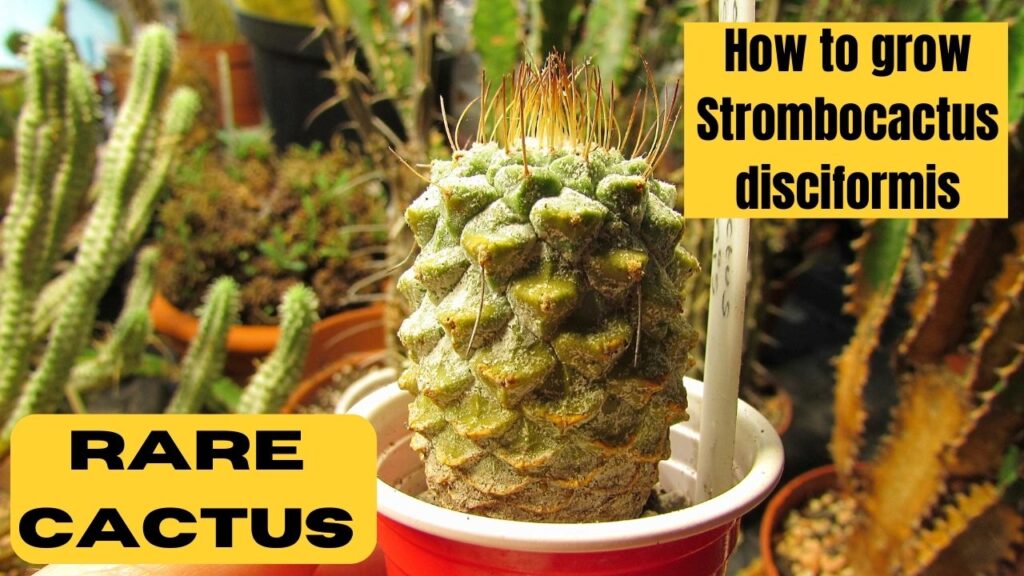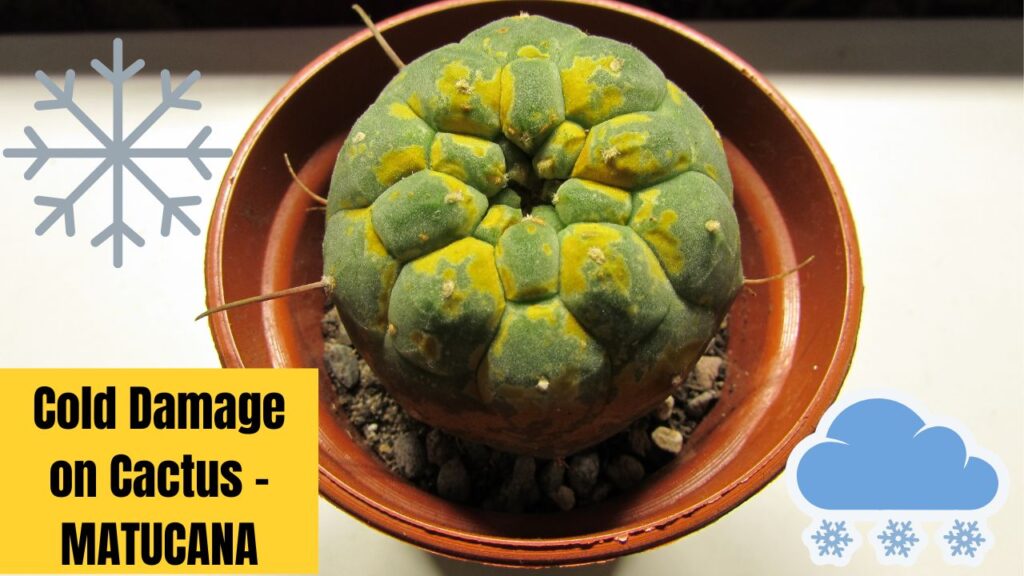Hi Guys,
In this Article I will be talking about the wonderful and unique Strombocactus disciformis Cactus and how you can care for it.
I have made a special care video on Strombocactus disciformis for my Cactus and Succulent You Tube Channel called Desert Plants of Avalon and you can watch this video by clicking HERE
A little bit about Strombocactus disciformis
Strombocactus disciformis is a unique and rare species of cactus that comes from Mexico, there is only one species in the Strombocactus genus and that is Strombocactus disciformis, but there are two sub species varieties of Strombocactus disciformis: Strombocactus disciformis that has cream coloured flowers and Strombocactus disciformis ssp. esperanzae that has deep pink coloured flowers.
Strombocactus has a turnip like taproot similar to Ariocarpus and Lophophora cacti, they are globular and have tubercle like ribs almost resembling a small pine cone in appearance, they are very small growing and due to this many are often sold grafted to help to speed up their growth, sadly in their natural habitats in Mexico Strombocactus are at threat to the illegal collection of rare cacti for the commercial plant trade.
HOW TO GROW STROMBOCACTUS

Light:
Strombocactus like a sunny position and a south facing window indoors or sunny position in the greenhouse is ideal, avoid north facing windows or a position that doesn’t get much sun because these cacti need strong sunshine to thrive, if you only have a window or position that doesn’t get much sun during their active growing period ( Spring and Summer ) then a special full spectrum Plant LED Grow light can be used to replicate the full light spectrum these beauties need to grow and flower.

Temperature:
These cacti can take very high summer temperatures as long as they have plenty of ventilation, make sure windows and doors are open and cool fan/s are running during hot stuffy days.
In Winter keep these cacti at a minimum winter temperature of 5c / 41F with no water to be given to them at all over the winter period, if you live in an area where temperatures can fall lower than 5c /41F bring your Strombocactus indoors into a dry and bright window or location for the winter months.
Watering:
Water sparingly from Spring to the end of Summer ( April to September ) and only water once the soil has totally dried out in their pots, these cacti can go a lot longer in between watering’s than many other types of cacti due to their large turnip like taproots, these cacti store water in their tuberous root and if the soil stays too damp for too long they can be very prone to rot, I give my Strombocactus a light watering about once a month from April until mid September when I stop watering completely until the following Spring.
These Cacti need a totally dry overwintering with no water to be given at all from mid Sept until April.
Fertilizing:
Fertilise Strombocactus with half the strength of Cactus feed in Spring and Summer, I usually give my Strombocactus a feed after the second watering in May and then again when I water in July, because these cacti are extremely slow growing feeding is not an absolute necessity, but it can help to encourage better growth and more chance of flowers, especially because these Cacti are often left to grow in the same pot for a good few years due to their slow growth.
Soil Mix:
Strombocactus need an extremely well draining gritty cactus mix and are very prone to rotting if they are planted in a normal house plant soil, a good quality well draining cactus soil that drains freely and dries out fast is an absolute must, I use a mix of 3 equal parts of loam ( John innes number 2 ) grit and Horticultural sharp sand, but every grower has their own preferences for cactus soil, the most important thing is that it is very well draining and dries out fast within a day or two after watering.
If you want to know How I make my own Cactus soil and How you can too then check out the video I have made for my Cactus and Succulent You Tube Channel called Desert Plants of Avalon on How To Make your own Cactus & Succulent Soil, and you can watch this video below:
Repotting:
Repotting is always best done in the Spring and Summer months but avoid repotting when the cactus is coming into bud or bloom, repot into just the next size pot up and do not be tempted to pot up into a much bigger pot thinking your Strombocactus will grow faster and larger because these Cacti have their Turnip like taproots that are very sensitive to excess moisture that can hang around if these cacti are planted up into too large a pot, I am often being asked why I say to under rather than overpot a cactus when in their natural habitats Cacti are growing with plenty of space to grow their roots, but the difference is in their natural habitats cacti often grow in crevices and in very dry arid landscapes where any rainfall dries out within hours and so does the substrate they are growing in and the air humidity around them, but in cultivation its a very different story.
When repotted keep the cactus dry with no water for at least 2 weeks to allow any roots to heal and for the cactus to settle into its new soil and pot.
Flowering :
Strombocactus disciformis produces cream flowers from spring to summer, and Strombocactus disciformis ssp esperansae produces bright pink flowers from spring to summer, the flowers are about 3-4 cm in width and grow from the apex of the Cactus. Sorry I don’t have any photos to show you of their flowers as I am still waiting for my Strombocactus to flower and I can’t use others photos online, but do have a little ‘google’ at ‘Stombocactus Flowers’ online and you will see how beautiful Strombocactus flowers can be.
Propagation:
Strombocactus is propagated from seeds in early Spring and although very rewarding to do, a lot of patience is needed as they are extremely slow growing, these cacti will often flower from 10 years old when grown from seed.
If you would like to grow Strombocactus or any other Cactus from seed then I have made a special video for my Cactus and Succulent You Tube Channel called Desert Plants of Avalon on How To Grow Cacti from Seed’ and you can watch this video below:
Pests & Diseases:
Like all Cacti Strombocactus can be prone to Mealy Bugs and Spider mites, both these pesky beasts can be treated with rubbing / Isopropyl alcohol by dabbing any beasts and their woolly nests with a small brush like an Artists paint brush dipped in rubbing/Isopropyl alcohol, Spider mites can be treated by spraying the cactus with with rubbing / Isopropyl alcohol in a hand held mist sprayer, Horticultural Neem oil mixed with Horticultural soap is also very effective both as a preventative and as a treatment for beasts on cacti, both rubbing alcohol and Neem oil treatments need to be repeated a number of times over a couple of weeks to completely eliminate all traces of beasts and their eggs, its also very important to treat all cacti and succulents and other plants you have in your collection at the same time.

The most common form of disease with Strombocactus is root or base rot, these Cacti need a very well draining gritty cactus mix due to their turnip tuberous roots, very careful watering in spring and summer and a totally dry overwintering should prevent any chances of rot.
I have made a special care video on Strombocactus disciformis for my Cactus and Succulent You Tube Channel called Desert Plants of Avalon and you can watch this video below:
Thanks so much for reading and Happy Growing to you all.







